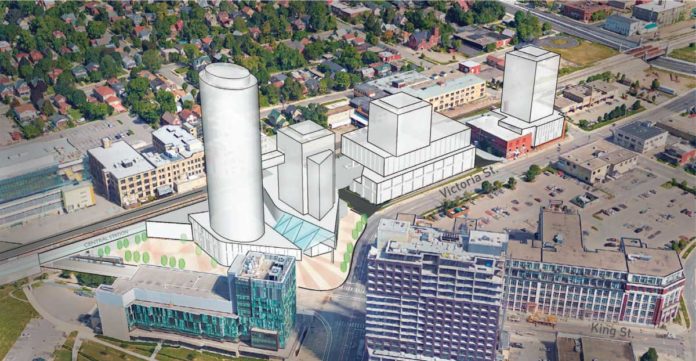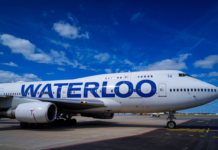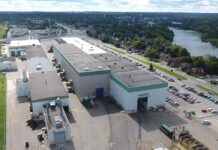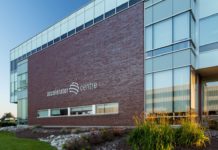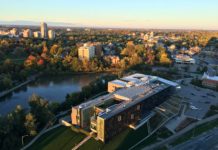Waterloo Region continues to grow. With a current population of 575,000, the Region is now the fourth largest community in Ontario and the 10th largest in Canada.
Over the next 20 years, growth will continue as 200,000 new residents are expected to move to this community.
 Where will these 200,000 new residents live and how will they travel throughout Waterloo Region? The traditional pattern of suburban sprawl and single-occupancy car travel isn’t sustainable as the Region prepares to welcome these new residents.
Where will these 200,000 new residents live and how will they travel throughout Waterloo Region? The traditional pattern of suburban sprawl and single-occupancy car travel isn’t sustainable as the Region prepares to welcome these new residents.
The Region of Waterloo recognizes the need to look at new and improved ways to prepare for the future. Together with the Province – through its Places to Grow legislation – the Region is encouraging development and growth within existing urban areas. By focusing development and investment in the core, Waterloo Region can build up, instead of out, limiting urban sprawl and protecting the environment.
Moving people more efficiently in and around Waterloo Region, limiting urban sprawl and saving farmland through the protection of the environment are three of the fundamental goals of ION, the Region’s rapid transit service.
Approved by Council in 2011, ION is a visionary plan that will bring light rail transit (LRT) to Waterloo Region in two stages. Stage 1 is currently under construction and features a 19 kilometre LRT route from the Conestoga Mall transit terminal to the Fairview Park Mall transit terminal.
 With 16 LRT stops, ION makes it easy for residents and visitors to travel between neighbourhoods, schools, major employment areas, events and shopping districts.
With 16 LRT stops, ION makes it easy for residents and visitors to travel between neighbourhoods, schools, major employment areas, events and shopping districts.
Stage 1 also includes a 17 kilometre bus rapid transit (BRT) route between Cambridge’s Ainslie Street transit terminal and the Fairview Park Mall transit terminal. ION BRT began operating in 2015 and features six stops.
Stage 2 will see the Region convert BRT to LRT, creating a seamless service between Cambridge and Waterloo. ION will help local businesses attract new talent to the region, assist with job creation and stimulate new business growth. It will also help slow the increase in traffic congestion and reduce the need for costly road improvements in some areas.


